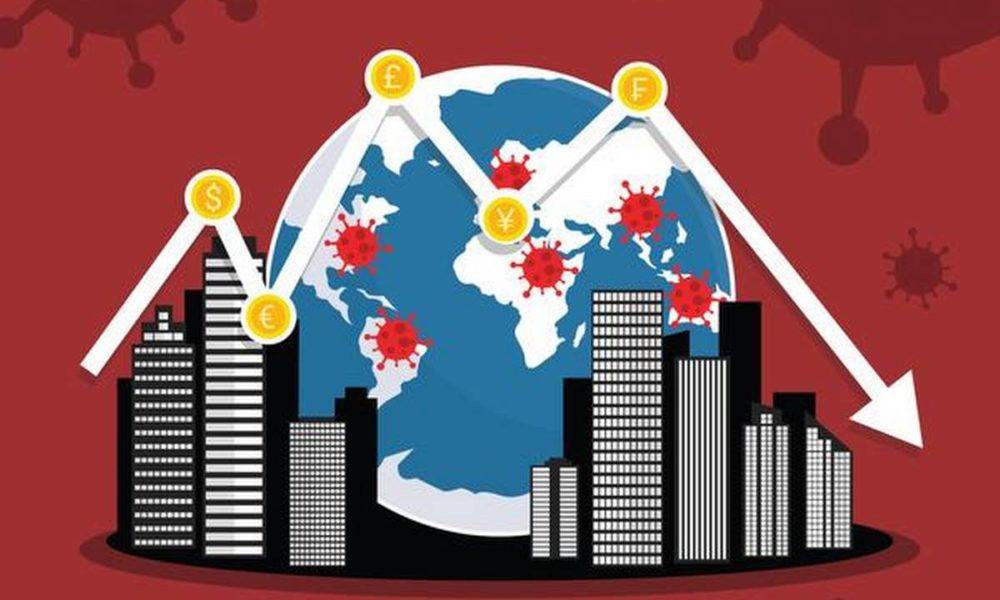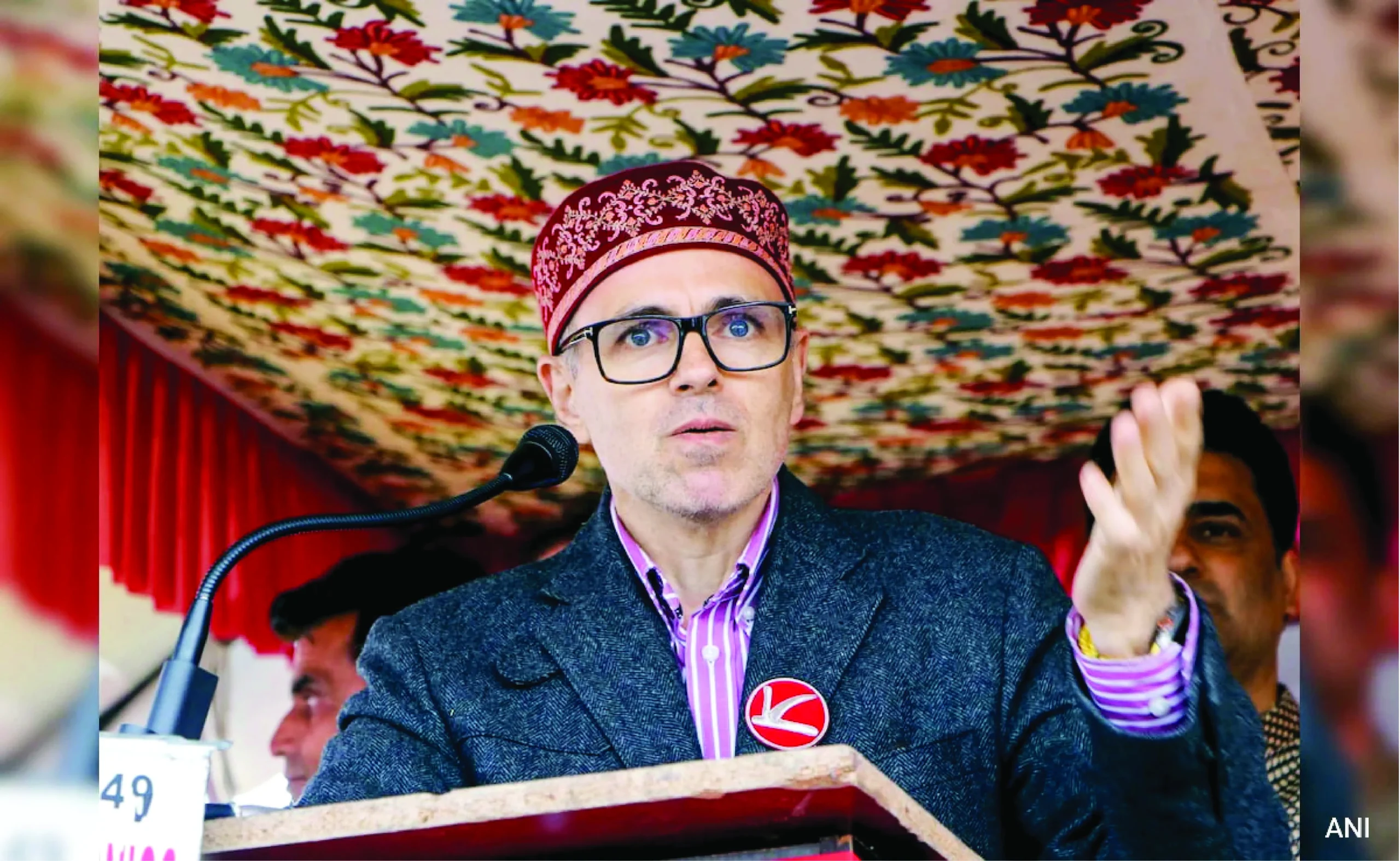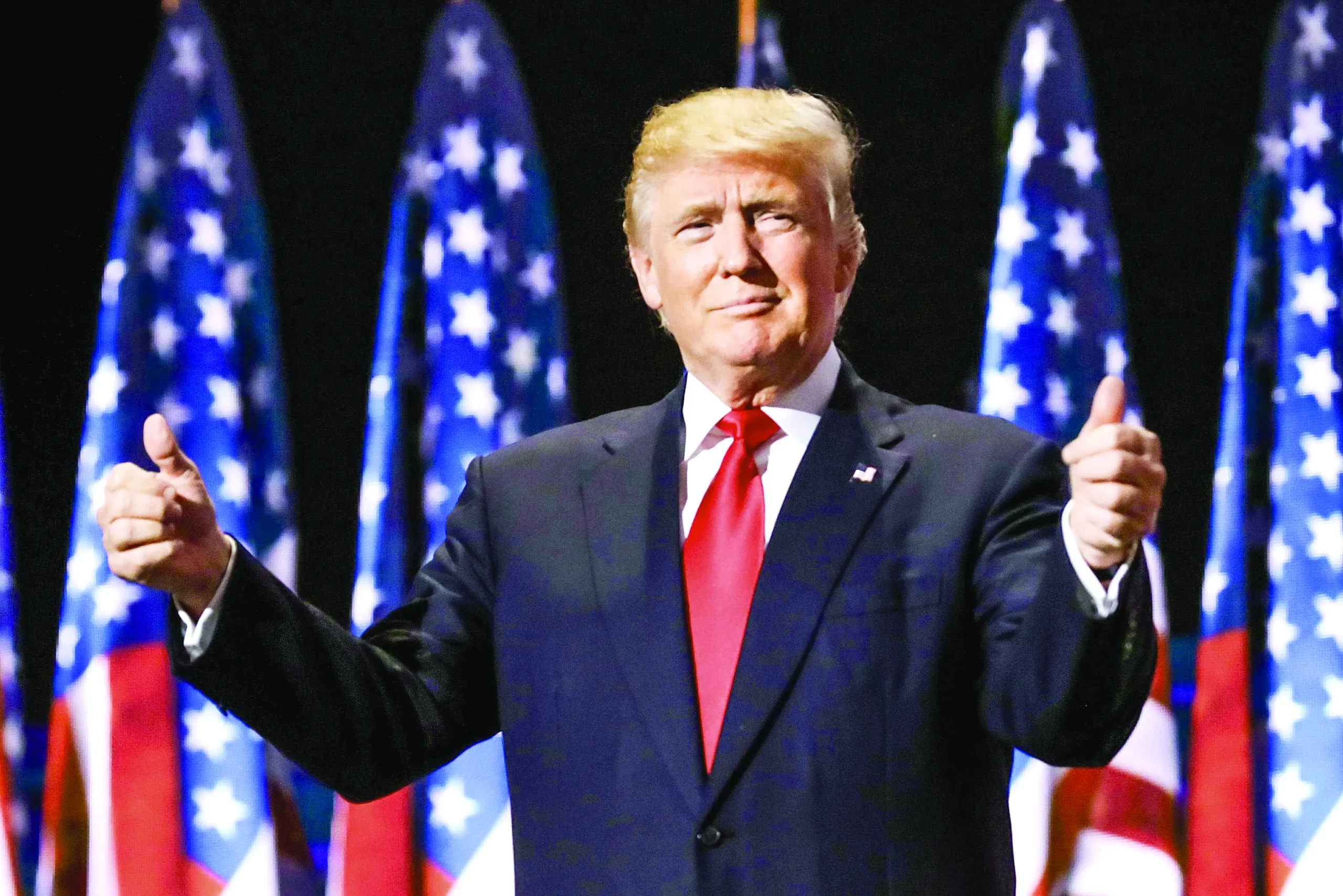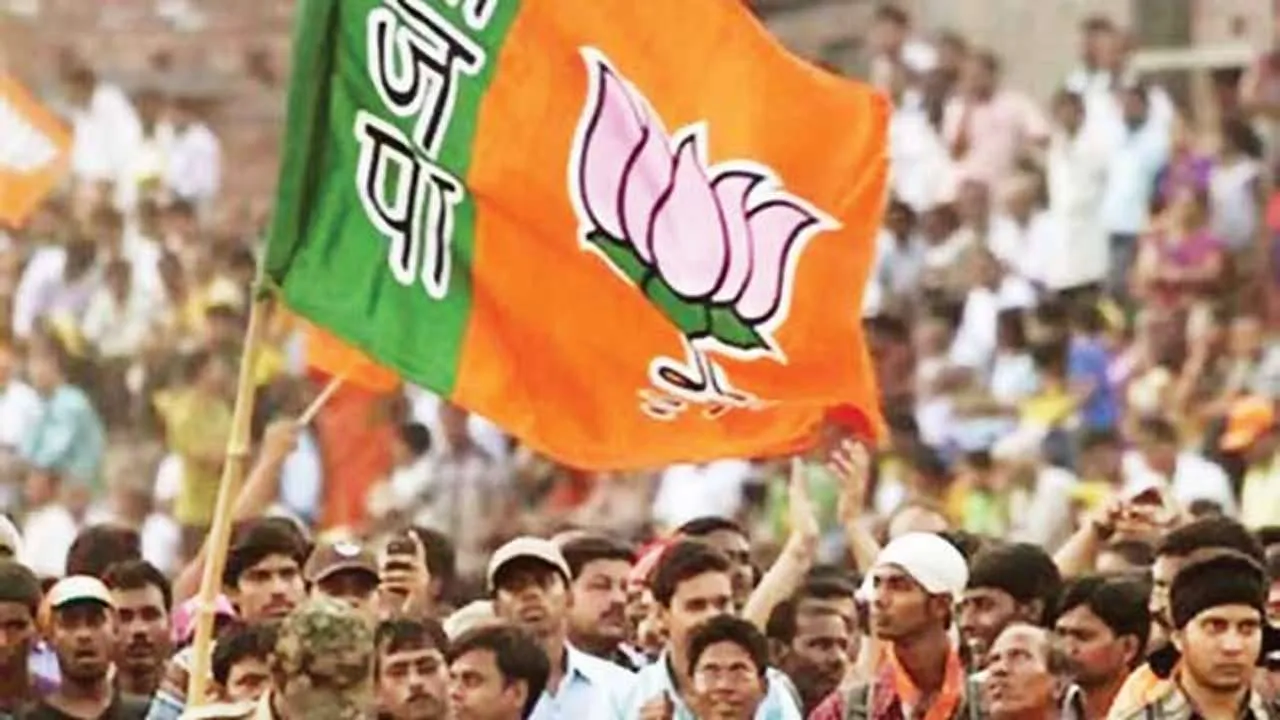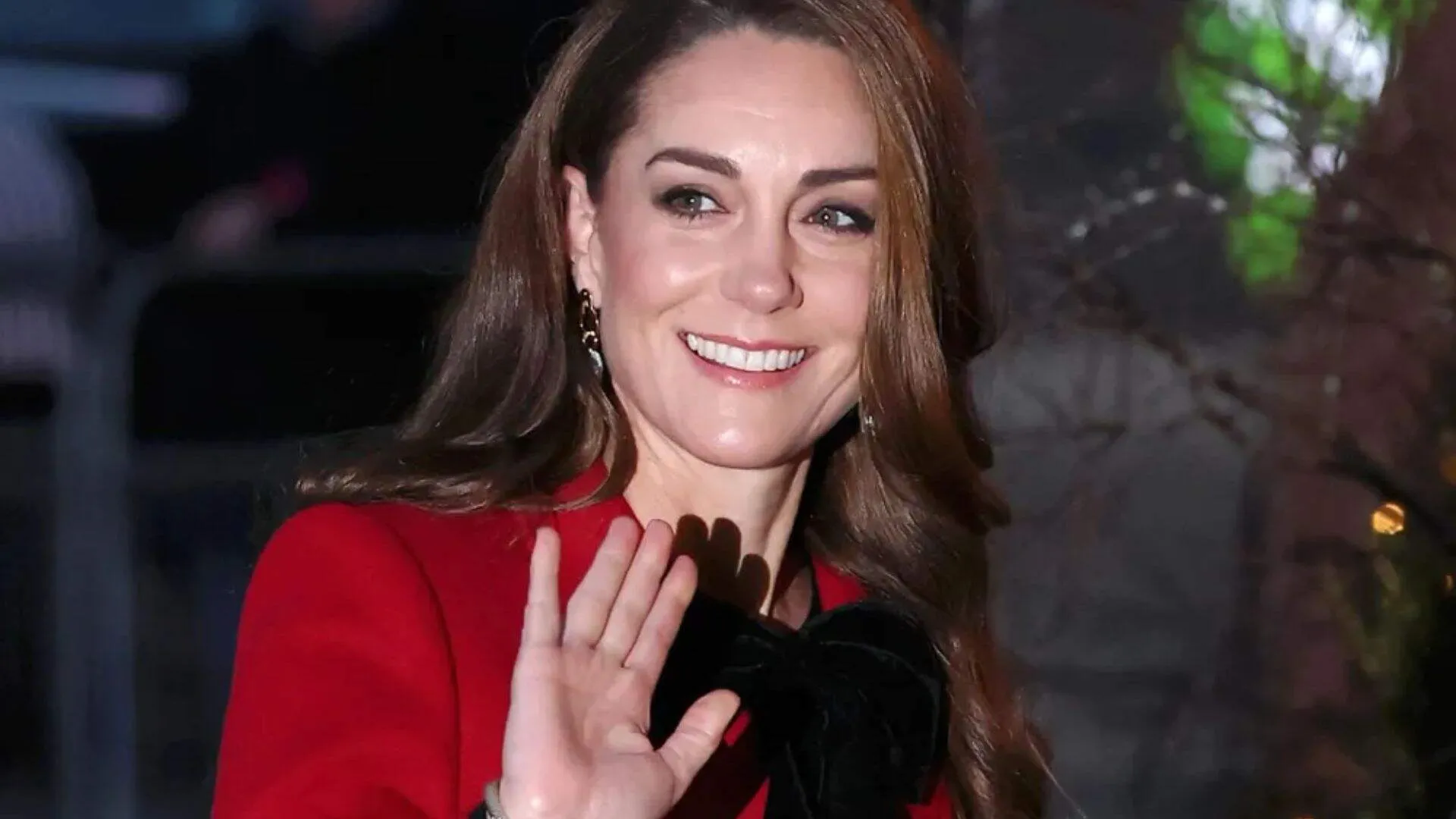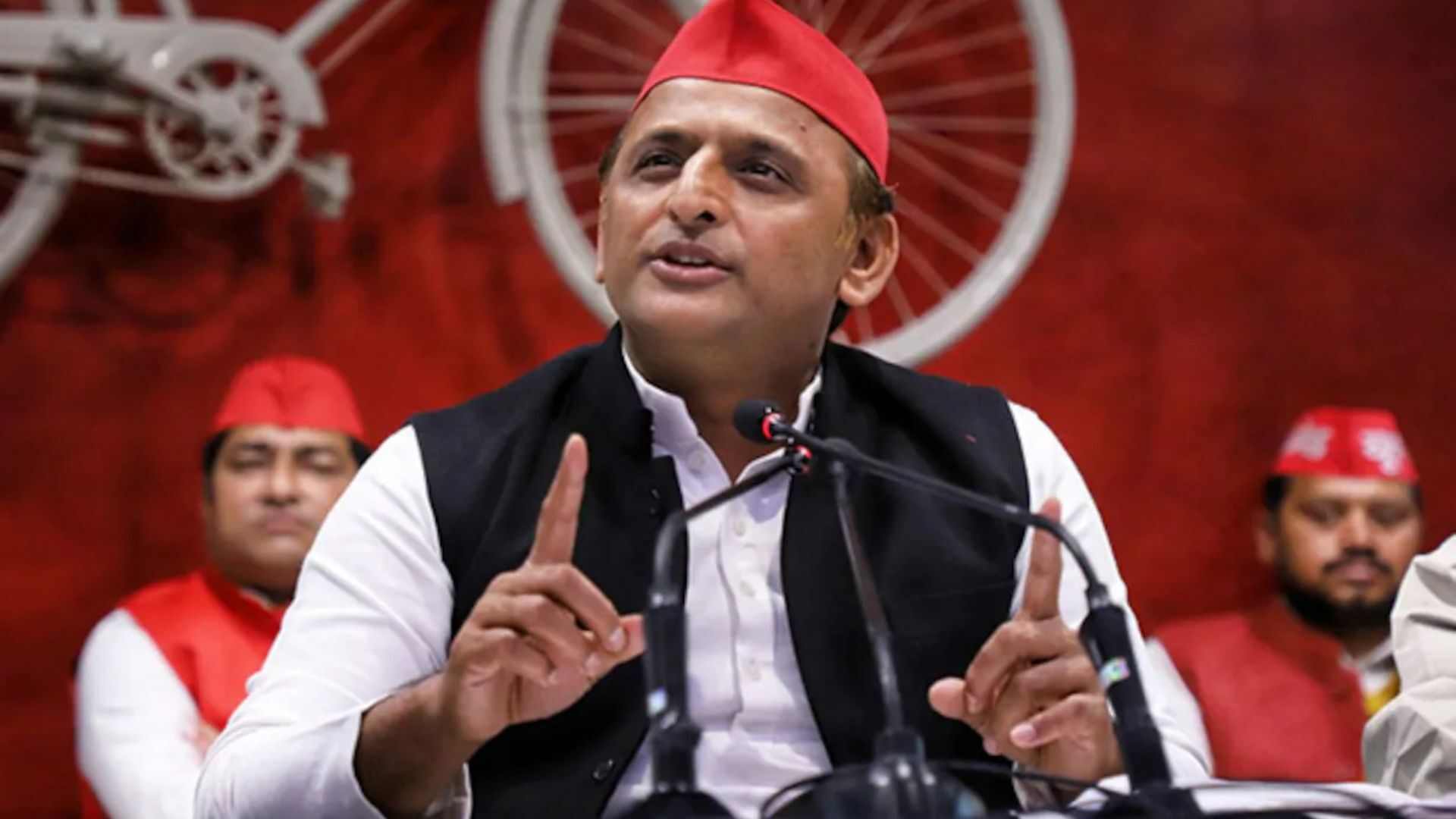Three major central banks of the advanced economies have raised policy rates within the last couple of days. US Federal Reserve, European Central Bank (ECB) and Bank of England (BoE) have simultaneously raised rates over Wednesday and Thursday leading to fall in equity indices globally. What is important to note here is that though the quantum of rate hikes were smaller compared to previous hikes, the guidance that each of these central banks had given were very hawkish. Inflation continues to remain the most important policy priority of these advanced economies even at the cost of growth. Global growth is expected to moderate to 2.7% in 2022 and 2.3% in 2023 from 6% in 2021 due to aggressive monetary tightening. Federal Open Market Committee (FOMC) of US Fed raised interest rate by 50 basis points to take the Fed fund rate to a range of 4.25- 4.50%. This was the 7th rate hike in 2022 by US Fed. The dot plot showed that the FOMC members are expecting a terminal rate of 5.1%— sharply higher than September’s projection of 4.6%.
There were upward revisions of inflation and downward revision of growth. Similarly, ECB raised its benchmark rate by 50 basis points as it battles with soaring inflation due to supply bottlenecks and increasing energy costs as a fallout of Russia-Ukraine crisis. ECB President Lagarde hinted that potentially the ECB will raise rates by three more times by the same quantum. BoE raised its benchmark rate 9th in a row, this time by half a point to 3.5%—highest in last 14 years. BoE justified its “forceful monetary policy response” citing tight labour market, persistent inflationary pressure in domestic prices and wages. BoE expected fourth quarter GDP in UK to contract by 0.1%. Important question for us is how it impacts RBI’s future action. Monetary Policy Committee (MPC) of RBI had stated that MPC’s policy decisions are independent of the policy actions of other central banks and contingent upon domestic macroeconomic developments. It is found that India is related to the global economy through various channels such as international trade, capital flows, labour market, etc. Higher global inflation and growth slowdown led to slowdown of global trade.
As a result, India’s trade deficit widened during April-November 2022-23 to USD 111.02 billion compared to USD 47.23 billion during the same period of last year. Higher trade deficit impacts overall domestic growth. RBI intervened in forex market to reduce volatility of currency amid global uncertainty. This is reflecting in forex reserve of RBI which was at USD 606.5 billion as on 01 April 2022 and came down to USD 564.1 billion in December. Rupee has again depreciated to breach 82 per USD from 2nd week of December. There is a total net outflow of FPIs by USD 18.1 billion in the calendar year 2022 so far. Apart from forex intervention, the RBI has also raised repo rate by a cumulative 225 basis points to 6.25% since May this year. The monetary policy rates work with a lag of two to three quarters in India. With successive rate hikes, domestic inflation has come down more than anticipated in November to 5.9%—lower than the upper tolerance band of MPC first time in last 11-months. Successive repo rate increases by MPC also resulted into net portfolio inflows in November and December so far even though there was a net outflow of FPI for the calendar year 2022 so far.
With domestic inflation now stood below 6% in November and is expected to moderate further in Q4 2022-23; real interest rate—repo rate adjusted for inflation—has turned positive by 37 basis points. Moreover, transmission of the policy repo rate to deposit and lending rates are visible clearly. Weighted average domestic term deposit rate of banks increased by 46 basis points from April to October and 1-year MCLR of banks increased by 80 basis points between April to November. Some of the banks have in recent times increased their deposit rates by as high as 1% to attract more deposits as bank credit growth has picked up significantly and currently is growing by about 17%. Banks’ need for more deposits will increase deposit rates further and take real interest rates at higher levels thus benefitting consumers. MPC is expected to have one more rate hike in February by 25 basis points to take the repo rate at 6.50% before it pauses the hike. Domestic inflation for Q4 is expected to be about 5.8% which will take real rate further up to about a positive 70 basis points. However, from the external standpoint; the advanced economies will continue to have their rate hikes more than once to control their higher inflationary pressures. US FOMC is expected to have two more rate hikes—one in February by 50 basis points and another in March by 25 basis points with a terminal Fed fund rate of 5.0-5.25%. Similarly, ECB, in its last meeting, said that rates will need to rise further substantially. Hawkish tones by central banks of advanced economies make a case of strengthening US dollar against rupee. Dr Sudarshan Bhattacharjee is Principal Economist at Yubi.

